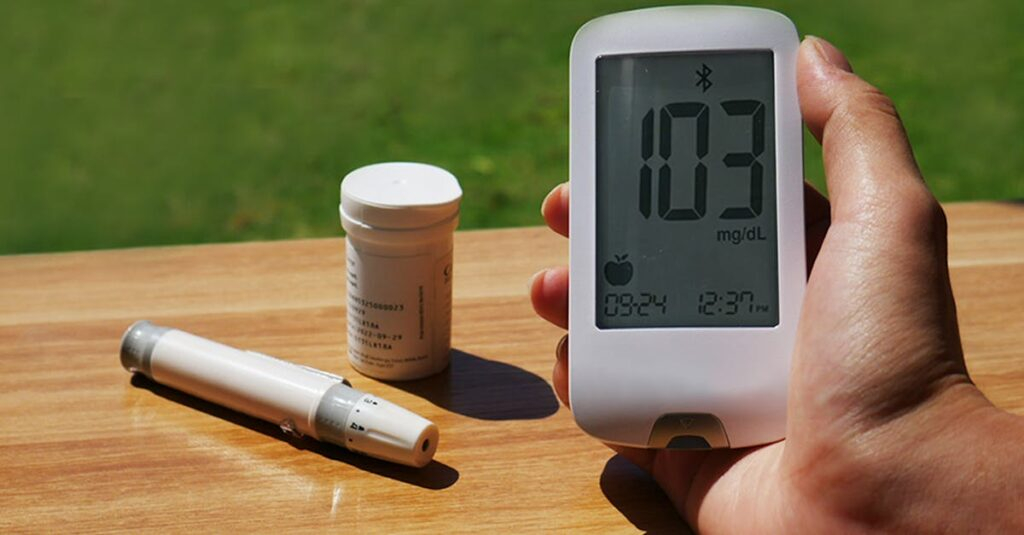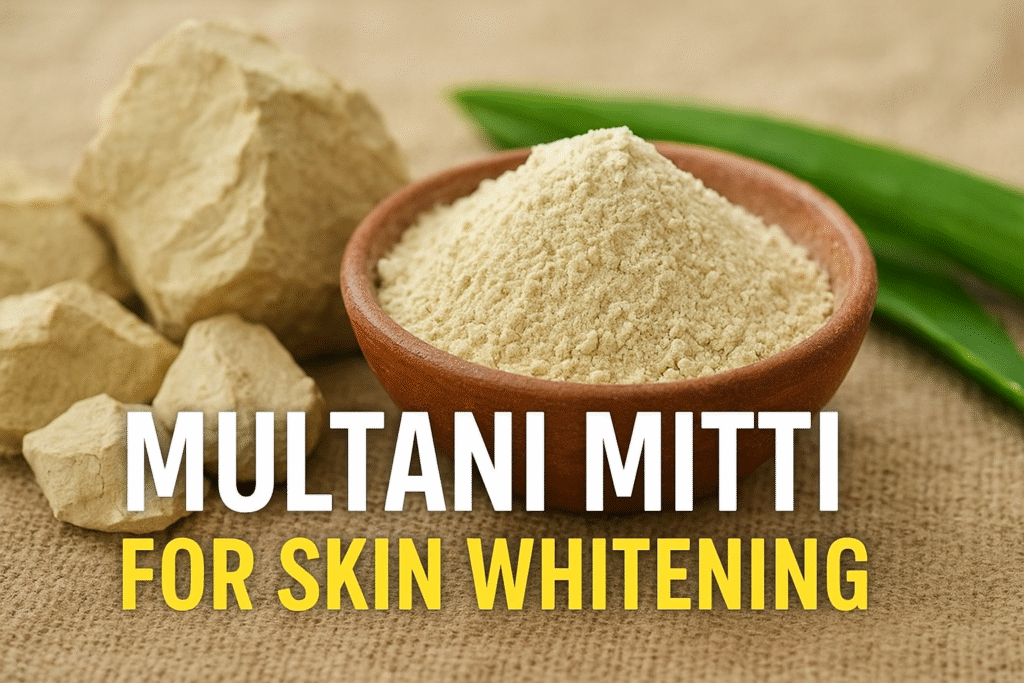How to manage and increase low blood pressure naturally. Explore effective tips
Low blood pressure is a condition in which the force of the blood pushing against the artery walls is too low. It’s also called hypotension.
Blood pressure is measured in millimeters of mercury (mm Hg). In general, low blood pressure is a reading lower than 90/60 mm Hg.
What’s considered low blood pressure for one person might be OK for someone else though. Low blood pressure might cause no symptoms that you notice. Or it might cause dizziness and fainting. Sometimes, low blood pressure can be life-threatening.
The causes of low blood pressure include dehydration and other serious medical conditions. It’s important to find out what’s causing low blood pressure so that it can be treated, if needed.
Low blood pressure, also known as hypotension, occurs when blood pressure levels drop below 90/60 mmHg. While it may not always be a cause for concern, extremely low blood pressure can lead to symptoms like dizziness, fainting, and fatigue, which can impact your daily life. Managing low blood pressure effectively requires lifestyle changes, dietary adjustments, and staying attentive to your body’s needs.
1. Stay Hydrated
Dehydration is a common cause of low blood pressure. When your body lacks sufficient fluids, blood volume decreases, which can lower blood pressure levels. To avoid this:
– Drink Plenty of Water: Aim for at least 8–10 glasses of water daily.
– Consume Electrolytes: Include drinks like coconut water or oral rehydration solutions to maintain electrolyte balance, especially during hot weather or after exercise.
2. Eat a Balanced Diet
Your diet plays a significant role in managing blood pressure levels. Focus on nutrient-rich foods that provide the energy and vitamins your body needs.
– Increase Salt Intake (If Advised by a Doctor): Unlike high blood pressure, low blood pressure may benefit from a moderate increase in salt. Use natural sources like pickles or salted nuts, but consult a doctor first.
– Eat Smaller, Frequent Meals: Large meals can cause a drop in blood pressure. Opt for smaller, balanced meals throughout the day to maintain steady energy levels.
– Include Iron-Rich Foods: Low iron levels can lead to anemia, a common cause of hypotension. Add spinach, beans, and lean meats to your diet.
– Consume Vitamin B12 and Folate: These nutrients are essential for healthy blood production. Eggs, dairy products, and fortified cereals are good sources.
3. Stand Up Slowly
Sudden changes in posture can cause a temporary drop in blood pressure, especially for people prone to orthostatic hypotension.
– Rise Gradually: When getting up from a sitting or lying position, do it slowly to allow your body to adjust.
– Support Yourself: Hold onto a stable object if you feel unsteady.
4. Wear Compression Stockings

Compression stockings help improve blood circulation and prevent pooling of blood in the lower extremities, which can help maintain stable blood pressure levels. These are especially useful for people with postural hypotension.
5. Include Caffeine in Moderation
For some individuals, a cup of coffee or tea can temporarily raise blood pressure levels. However, excessive caffeine intake can lead to dehydration, so use it sparingly.
6. Avoid Alcohol

Alcohol can dehydrate the body and lower blood pressure further. If you have low blood pressure, it’s best to avoid or limit alcohol consumption.
7. Monitor Blood Pressure Regularly
Keeping track of your blood pressure readings can help you understand your patterns and identify any triggers. Use a home blood pressure monitor and record your readings to discuss with your doctor during visits.
8. Exercise Regularly
Gentle physical activity can improve circulation and overall cardiovascular health, which helps stabilize blood pressure levels.
– Choose Moderate Exercises: Walking, swimming, or yoga are excellent options.
– Avoid Sudden Movements: High-intensity workouts or abrupt changes in posture can exacerbate low blood pressure symptoms.
9. Avoid Prolonged Standing
Standing for long periods can cause blood to pool in your legs, leading to a drop in blood pressure. If you must stand for extended periods, move your legs or shift your weight occasionally to encourage blood flow.
10. Consult a Doctor

If your low blood pressure is persistent or accompanied by severe symptoms like fainting, blurred vision, or confusion, it’s essential to seek medical advice. Your doctor may recommend:
– Adjustments in your diet or lifestyle.
– Medication to manage symptoms or underlying conditions like anemia or hormonal imbalances.
Conclusion
Low blood pressure can be managed effectively with simple lifestyle changes, dietary adjustments, and proper care. Pay attention to your body, stay hydrated, and consult a healthcare professional for personalized guidance if needed. With the right approach, you can keep hypotension under control and lead a healthy, active life.
*For more health and wellness tips, visit **RajLife**, your partner in a healthier lifestyle.*
"Learn how to manage and increase low blood pressure naturally. Explore effective tips including hydration, balanced diet, exercise, and lifestyle changes to maintain healthy blood pressure levels."















